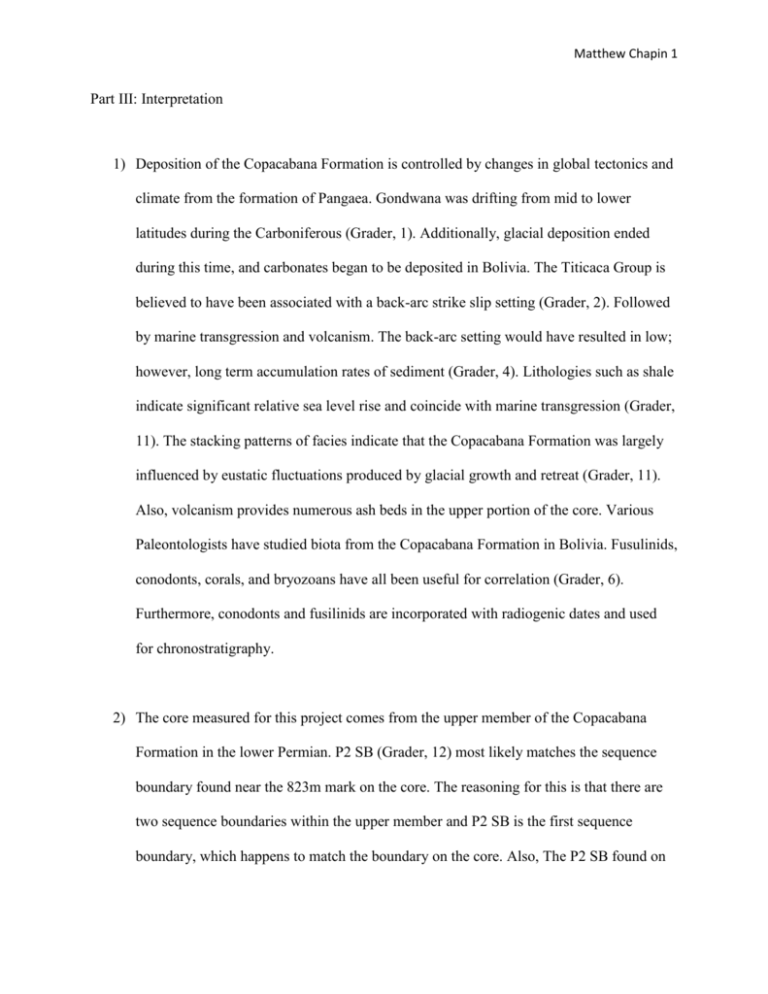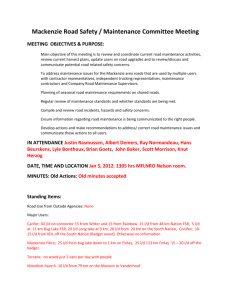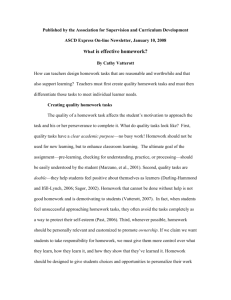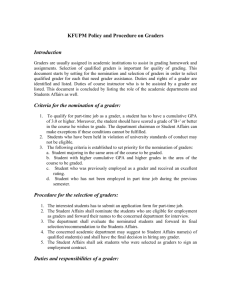File
advertisement

Matthew Chapin 1 Part III: Interpretation 1) Deposition of the Copacabana Formation is controlled by changes in global tectonics and climate from the formation of Pangaea. Gondwana was drifting from mid to lower latitudes during the Carboniferous (Grader, 1). Additionally, glacial deposition ended during this time, and carbonates began to be deposited in Bolivia. The Titicaca Group is believed to have been associated with a back-arc strike slip setting (Grader, 2). Followed by marine transgression and volcanism. The back-arc setting would have resulted in low; however, long term accumulation rates of sediment (Grader, 4). Lithologies such as shale indicate significant relative sea level rise and coincide with marine transgression (Grader, 11). The stacking patterns of facies indicate that the Copacabana Formation was largely influenced by eustatic fluctuations produced by glacial growth and retreat (Grader, 11). Also, volcanism provides numerous ash beds in the upper portion of the core. Various Paleontologists have studied biota from the Copacabana Formation in Bolivia. Fusulinids, conodonts, corals, and bryozoans have all been useful for correlation (Grader, 6). Furthermore, conodonts and fusilinids are incorporated with radiogenic dates and used for chronostratigraphy. 2) The core measured for this project comes from the upper member of the Copacabana Formation in the lower Permian. P2 SB (Grader, 12) most likely matches the sequence boundary found near the 823m mark on the core. The reasoning for this is that there are two sequence boundaries within the upper member and P2 SB is the first sequence boundary, which happens to match the boundary on the core. Also, The P2 SB found on Matthew Chapin 2 figure 8 changes from HST to TST much like the sequence boundary drawn from the core. 3) Some geologists imply that clamatorial restrictions separated southern Bolivia and Argentina (Grader, 14). Others entail that mountain glaciers and glacigenic deposition occurred coinciding with carbonate deposition (Grader, 14). Implications could simply be that southern Pangaea was capped with polar ice; including southern Bolivia and Argentina.















